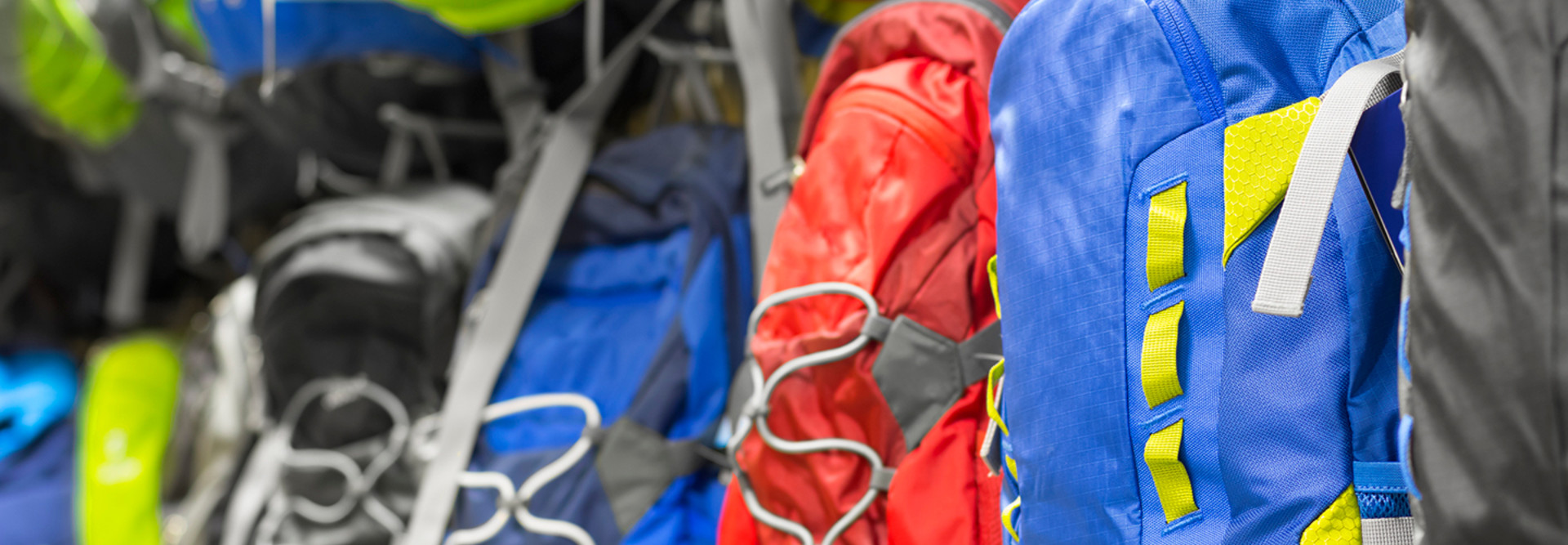3 Ways Tech Can Make Back to School a Success for Your Business
Does it seem like summer just started? Well, believe it or not, the new school year is just around the corner and retailers should start gearing up for the back-to-school rush now, especially since consumer habits are changing and parents are getting a jump on back-to-school preparations.
In fact, according to the National Retail Federation’s 2018 back-to-school survey, more consumers than ever are starting their shopping early. This year 77 percent of the 7,320 consumers surveyed reported that they plan to start shopping at least three weeks before school begins, a 3 percent increase in early shoppers from last year and a 13 percent increase from a decade ago.
SIGN UP: Get more news from the BizTech newsletter in your inbox every two weeks!
In-Store Spending Stays Strong for Retailers
It’s crucial for retailers to get ahead of the rush because the back-to-school market is not a small one — it’s the second largest U.S. shopping event after the winter holiday season. NRF’s 2018 survey projects this year’s season will generate $82.8 billion in spending from consumers.
“College spending is expected to be at its highest level ever, and back-to-school will be one of the three highest years on record,” NRF President and CEO Matthew Shay says in the press release.
While online retailers are certainly a popular option with shoppers, department, discount, clothing and office supply stores still make up the lion’s share of back-to-school shopping destinations. According to Deloitte’s 2018 back-to-school survey, 57 percent of shoppers plan to spend their dollars in stores. But there’s even more opportunity for in-store retailers as 20 percent of parents are still undecided between online and in-store shopping.
With this season already upon us, how can retailers gain an advantage? Consumers prefer digital-forward stores that embrace advanced tech and digital experiences, such as self-checkout lanes, in-store Wi-Fi, and real-time order information, according to a recent report by Boomtown.
So, what other tech can help retailers get ahead of the back-to-school and college game?
1. Apps Simplify Consumer Experiences and Empower Employees
Several retailers are tapping mobile apps to “boost customer engagement, improve service and support collaboration among associates with off-the-shelf, platform and custom apps,” according to a report from CDW. In fact, 40 percent of retailers consider mobile processes and apps to be crucial components of their omnichannel strategy, the report finds.
Indeed, Target and Walmart are two retailers investing in app technology specifically for back to school, offering shoppers the ability to enter a zip code and be matched with local school supply lists as well as a list of matching in-store products. Meanwhile, other retailers are embracing live chat services via their mobile apps.
And apps can offer long-standing benefits for employees as well, granting real-time access to inventory information to provide consumers with consistent in-store experiences and better track worker productivity.
2. In-Store Mobile Tools Enhance Customer Service
Just as employees and shoppers are going mobile, stores should also. By tapping tools like tablets, smartphones, mobile point-of-sale tech, scanners, printers and other mobile devices, stores can empower employees and offer consumers the tech-first shopping experience they may have come to expect.
According to CDW’s white paper “Technology to Boost Retail Productivity,” these devices can connect associates with back-end data from the local store and corporate data centers to give them a better view of inventory.
The white paper notes:
While workers at many stores have long had the ability to look up inventory information from desktop computer stations, mobile devices and apps allow employees to stay with shoppers on the sales floor, thereby improving customer service. Tablets are predominant with many retailers, but smartphones are getting bigger and more powerful, and more stores are beginning to consider deploying them as employees’ primary mobile devices.
3. Analytics Can Help Retailers Grow in the Right Direction
Retailers shouldn’t be heading blindly into the night when it comes to expanding or adding services, and with more data than ever at a retailer’s disposal, they don’t have to. Data analytics, when used effectively, can help to illuminate customer behavior, spot trends, better understand inventory and generally help retailers get ahead.
An example is the Pebble Beach Company, which tapped IBM Planning Analytics in late 2016 to gain faster insights into the company’s 16-store retail operation. After moving the data into one platform, the retail department can now better understand customer preferences and improve merchandizing and pricing decisions based on these insights.
“It lets us know if we are buying the right products,” Kevin Kakalow, director of retail at Pebble Beach Company, tells BizTech. “If we are buying smarter, we will have a lot fewer discounts, and that has a direct positive impact on our cost of sales.”









